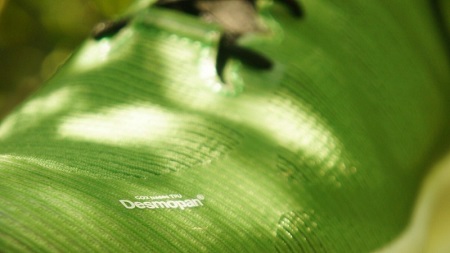Covestro's family of partially bio-based thermoplastic polyurethanes (TPU) is now marketed under the name Desmopan® EC. Depending on the product hardness, up to 60 percent of the carbon content1 is derived from biomass. Compared to fossil-based TPUs, their carbon footprint is reduced by more than 20 percent. The products are made of bio-based succinic acid as well as bio-based propanediol (Bio-PDO). The plastics have a wide range of applications, for example in the footwear industry.
Covestro intends to gear its entire production and product range completely to the circular concept in the long term, according to Dr. Thorsten Dreier, Global Head of Covestro's TPU and films business. An important aspect of this programme is the increased use of alternative raw materials, for example from biomass – which is consistent with our customers' wishes.

The partially bio-based grades feature the same good quality and performance as previous products in the Desmopan® range and offer equally superior resistance to oils, fats, solvents, weathering as well as high-energy radiation. In addition, a grade certified with the BLUESIGN seal is available for particularly responsible and sustainable textile production.
Thermoplastic polyurethanes (TPUs) offer high wear resistance and flexibility over a wide temperature range. In addition, the material is soft and elastic, eliminating the need for plasticizers. Desmopan® brand TPUs consist of linear polymer chains with alternating flexible and rigid segments. By modifying these phases, properties such as hardness, strength, stiffness, elasticity and low-temperature flexibility can be varied over a wide range.














